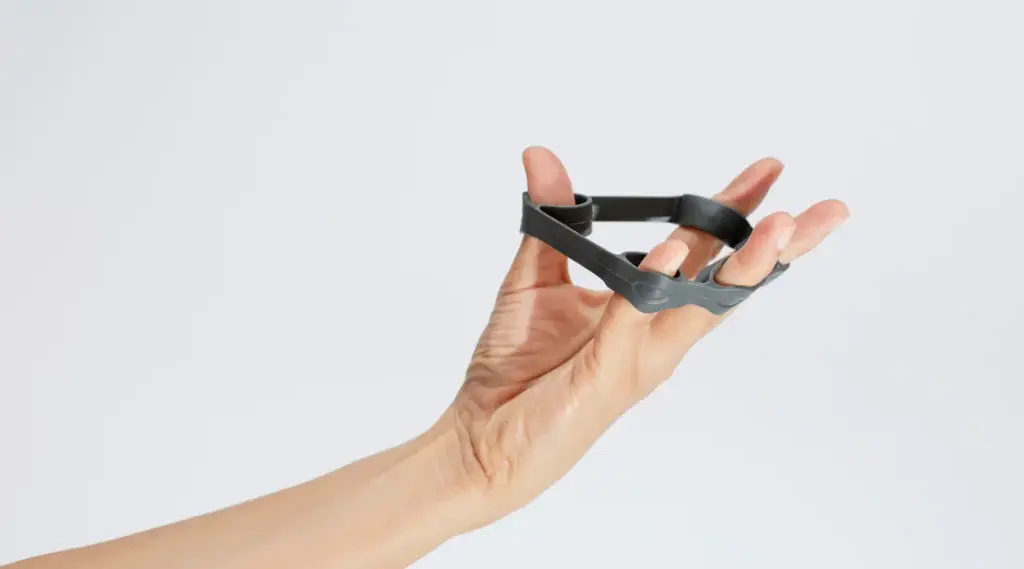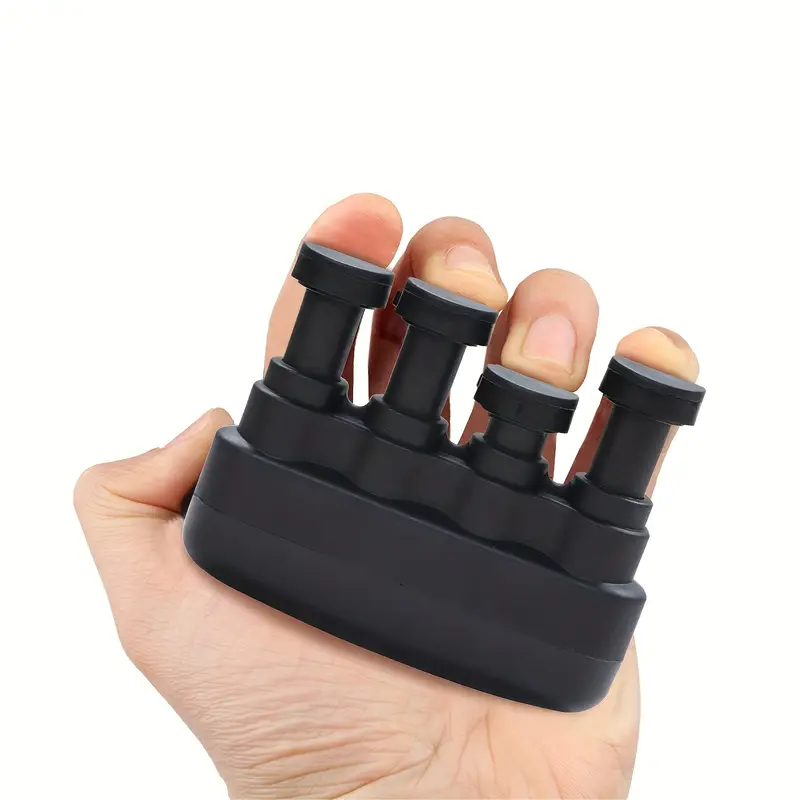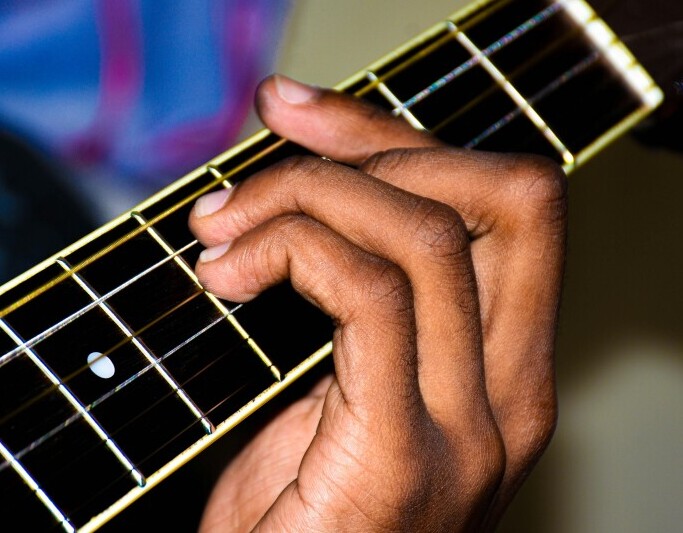Finger strength and dexterity might seem like something that only rockstar guitarists or bass players need to pay attention to, but the truth is, these skills are essential for any type of musician. Good finger strength helps you hit the right notes with ease while dexterity ensures your fingers can dance freely across the strings without stumbling.

When it comes to playing instruments like guitar or bass, having strong and nimble fingers can transform your performance from decent to dazzling. Imagine the ease of transitioning smoothly through chords or executing that perfect riff. That’s the magic of honed finger strength and dexterity in action.
But it’s not just about playability on stage. Building finger strength also means less strain on your hands, reducing the risk of injury—a bonus for anyone who spends long hours practicing or performing. Improved dexterity can lead to a visible increase in speed and accuracy, turning complex passages into a breeze.
Beyond music, finger fitness can be a real game-changer in daily life too. From typing faster to opening pickle jars without breaking a sweat, the benefits are surprisingly widespread. Your fingers work hard for you, whether you’re shredding a solo or just gripping your morning coffee, so keeping them in top shape makes sense.
In this journey towards better musical performance and finger health, let’s explore some effective exercises and routines aimed at making your fingers as strong and coordinated as you need them to be.
Effective Exercises to Improve Finger Strength
Building finger strength doesn’t happen overnight, but with the right exercises, you’ll start feeling the difference sooner than you think. For musicians, especially guitarists and bass players, fingers are your ultimate tools. Keeping them in shape ensures your time on the strings is as effective and injury-free as possible.
Daily routines can really help in making those fingers stronger:

- Start with finger push-ups if you’re looking for a simple way to introduce strength training into your practice. No gym needed—just your hand pressed against a flat surface and pushing off. It sounds basic, but it really works.
- Another handy exercise is grip strengtheners. Invest in a tool like a grip strength trainer or even use a simple stress ball. Work those muscles a few times a day.
- For something a bit more varied, consider resistance bands. These offer a nice break from standard exercises by allowing you to simulate string tension, which is perfect for guitar and bass players. Wrap the band around your fingers and stretch it out, holding for a few seconds before releasing. You’ll feel the burn, but in a good way.
Trust the process and be consistent. A few minutes each day dedicated to these exercises will boost your finger strength over time. And remember, it’s totally cool to take it slow and not push too hard—you’re playing the long game here. Building strength happens gradually, and what’s most powerful is what you do consistently, not what you do intensely for short bursts.
Accelerating Your Finger Strength Development
Want to see faster results? It’s totally doable with the right approach. The key is intensity combined with smart practice, but always being careful not to overdo it, which could lead to injuries.
Short-burst exercises are your friend when you’re aiming for quick gains in strength. Try focusing on rapid, repetitious tasks that challenge your fingers in intense, short periods. You might find that doing quick chromatic scales with clear notes can really up your game.
Another way to speed things up is by integrating strength-building into your regular practice sessions. Add a few minutes of finger-focused exercises right before you start your usual playing. This keeps your workout specific to the movements you use on your instrument.
Fueling your body right is another aspect not to overlook. Your muscles, including those in your fingers, grow stronger thanks to the protein you consume. Keep a diet balanced and maybe add some protein-rich snacks post-practice to support muscle growth.
Stay patient with the process and measure progress regularly, however small. Whether it’s the increase in speed or just better control when you play, every bit of improvement counts. Consistency combined with focused effort always creates results, usually faster than you might expect.
Enhancing Dexterity for Optimal Guitar Playing

Bringing your guitar playing to the next level involves more than just strength. Dexterity is all about nimble, precise movements, and getting your fingers to flow smoothly across the fretboard. Start by incorporating finger drills into your routine. Practicing scales, especially the chromatic scale, can improve both your speed and accuracy. It’s like a workout tailored for your fingers, making each one independent and agile.
Focusing on finger independence exercises can be a real game changer. Think of each finger as a separate entity, capable of independent action. Try exercises that make your fingers move individually, like the trusty spider exercise, where you place each finger on the fretboard in sequence without lifting the others too much. This not only builds dexterity but gives you solid control over your instrument.
Ultimately, improving dexterity is about practice with purpose. Every exercise is sharpening a skill you need, preparing those fingers of yours to navigate any musical challenge with ease. Keep it varied and engaging, ensuring that your practice sessions aren’t just about repetition, but about focused and deliberate improvement.
Integrating Health and Mindset for Long-term Benefits
Warm-ups shouldn’t be ignored either. Gentle finger stretching before hitting the main session gets the blood flowing and reduces the risk of strain. Practicing routine finger stretches opens up your range of motion, preparing your fingers for extended play. Simple stretches or even a quick massage can do wonders before you dive into serious practice. If you have persistent pain you can also seek the help of a good Chiropractor.
Balancing the intensity of practice with proper rest is crucial. Rest days aren’t just an excuse to slack off; they’re essential for allowing muscle recovery and growth. Giving your hands a break once in a while can make your fingers come back stronger and more adaptable.
Staying motivated can sometimes be as challenging as the exercises themselves. Keeping track of your progress, such as noting down any increases in the speed at which you play or newly mastered techniques, can boost motivation. Consider setting small, achievable goals to keep the momentum going.
Your mindset plays a significant role in developing finger strength and dexterity. Approach practice with patience and focus on gradual improvement rather than immediate perfection. Remember that progress is often invisible day-to-day but remarkable over weeks and months.
Interestingly, as you work on your finger strength and dexterity, you’ll likely notice psychological benefits too. Increased confidence in your playing not only affects performance but can flow into other areas of life, enhancing overall self-esteem.
Wrapping all this up, making your fingers limber and strong isn’t just for today’s practice—it’s setting yourself up for years of healthy playing. Prioritizing finger fitness while taking care of your overall health ensures you’re ready to tackle any tune with gusto and grace.
